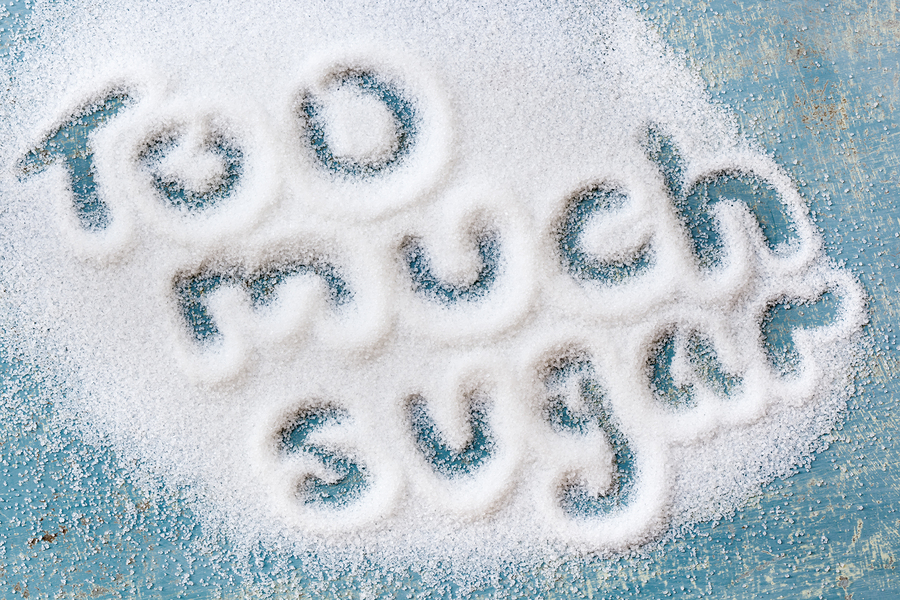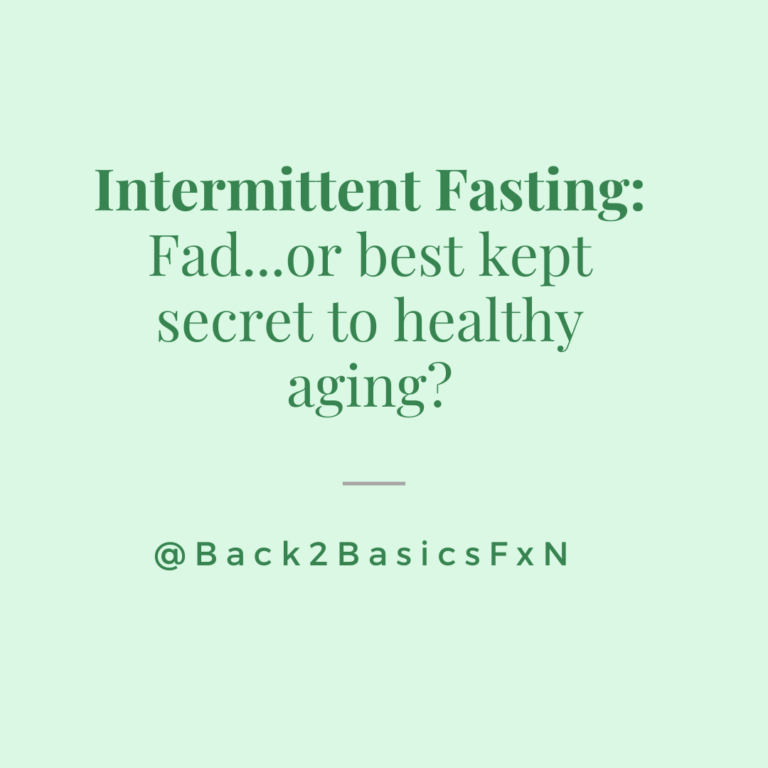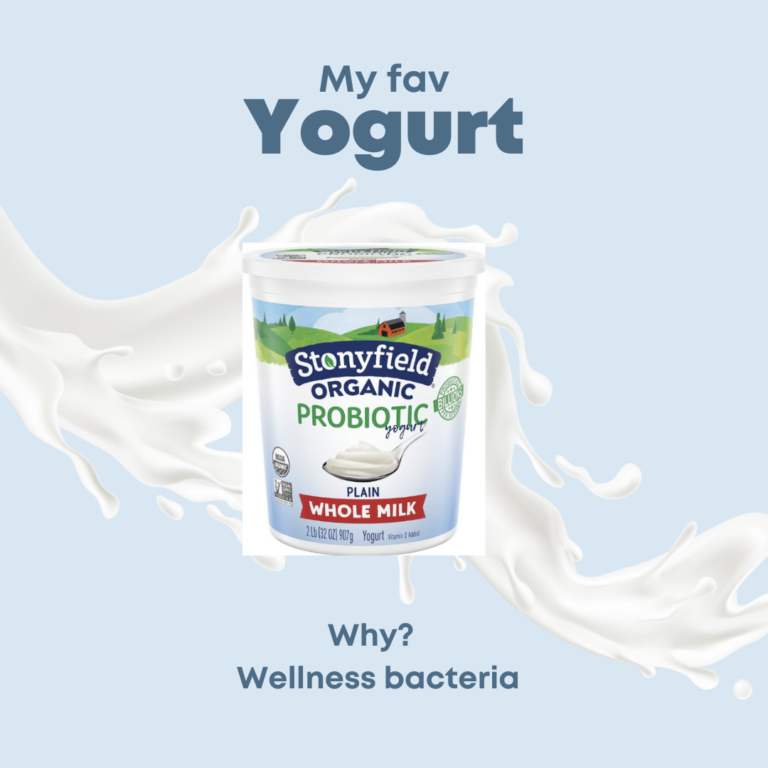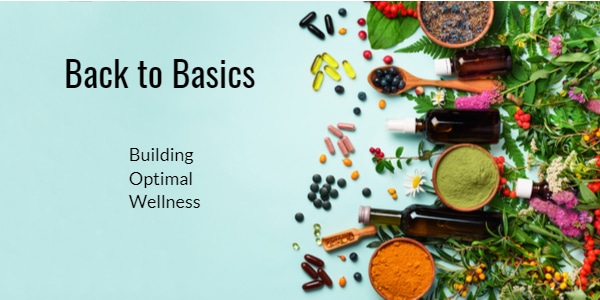What if I told you, sugar is not bad for you?!🤔 The reality is that our brains run on glucose and so we do need sugar. However, “too much sugar” is what is bad for you especially the refined sugar we consume every day that creeps into our diet where you might not expect it to be – through processed foods like cereals, fruit snacks, sweetened yogurt, most breakfast foods, boxed mac n cheese, etc, and sugary drinks like sodas, fruit juices, sports drinks, etc. And don’t be fooled by words on packages like “real fruit”, “whole grain”, “natural”, etc. These typically don’t mean anything about the overall nutrient density or sugar!🙃
And you will be shocked😱 to learn what it is capable of doing inside the body. Refined sugar is an anti-nutrient which means that it increases the body’s requirement of other nutrients and thereby depletes the body’s nutrient stores. Also, refined sugar not only diminishes the immune response but is also the underlying cause of weight gain, insulin resistance, and pre-diabetes. It can send you on the blood sugar rollercoaster of ups and downs with mood, focus, anxiety, and behavior throughout the day.
The American Heart Association (AHA) recommends that men should consume no more than 9 teaspoons (36g) of sugar per day and women and kids no more than 6 teaspoons (24g) of sugar per day. To put this in perspective, a 12 oz fruit juice or soda contains 37-39g of sugar. So if you had one serving of fruit juice or one can of regular soda you should not be having any other sugar for the entire day.
The statistics are alarming!
According to the Diabetes Council (2018) stated that the average American consumed 30 teaspoons (120g) of sugar per day making the United States rank #1 in average daily sugar consumption per person in the world. No glory in being #1.
I share 3 actionable tips and simple back to basics swaps that will help you get off “too much sugar”:
🍃 1. In the grocery stores, shop groceries in the perimeter first. That is where fruits, vegetables, dairy, eggs, meat, and seafood are located. Center aisles are where most processed foods and sugary drinks are, even though some nuts, beans, grains can be found here too. Choose wisely when shopping the center aisles.
🍃2. Open the refrigerator instead of the pantry when you are looking for snacks. Pantry = processed, shelf-stable snacks, and Refrigerator = yogurt, fruits, vegetables, hummus, etc. Swap processed and ultra-processed, shelf-stable snacks for healthy snacks. Here is a list of some healthy snack options for you:
Apple with peanut butter
Avocado with a dash of salt, pepper, and lemon
Carrots and hummus
Crackers and cheese
Popcorn
Yogurt and granola
Fruit smoothie
Apple/Banana/Grapes/Berries/or any fruit of the season
🍃3. Start your day with little to no sugar in the breakfast (When you have sugar-laden options in breakfast such as breakfast cereals, readymade oatmeal, pancakes, waffles, cinnamon roll, etc) it puts you on a blood sugar roller coaster making you crave more sugar through the day. Consuming a wholesome, balanced protein and healthy fat-rich foods for breakfast with very little to no sugar stabilizes blood sugar and reduces the craving substantially. I have created some Blood sugar balancing breakfast choices with recipes for you to download for free and save as a pdf. Download them here: shorturl.at/osGJT Try it out and let me know of your successful swaps.
The key is to identify these hidden food culprits and swap them with healthier alternatives.
Cheers to health and wellness,
Niti







